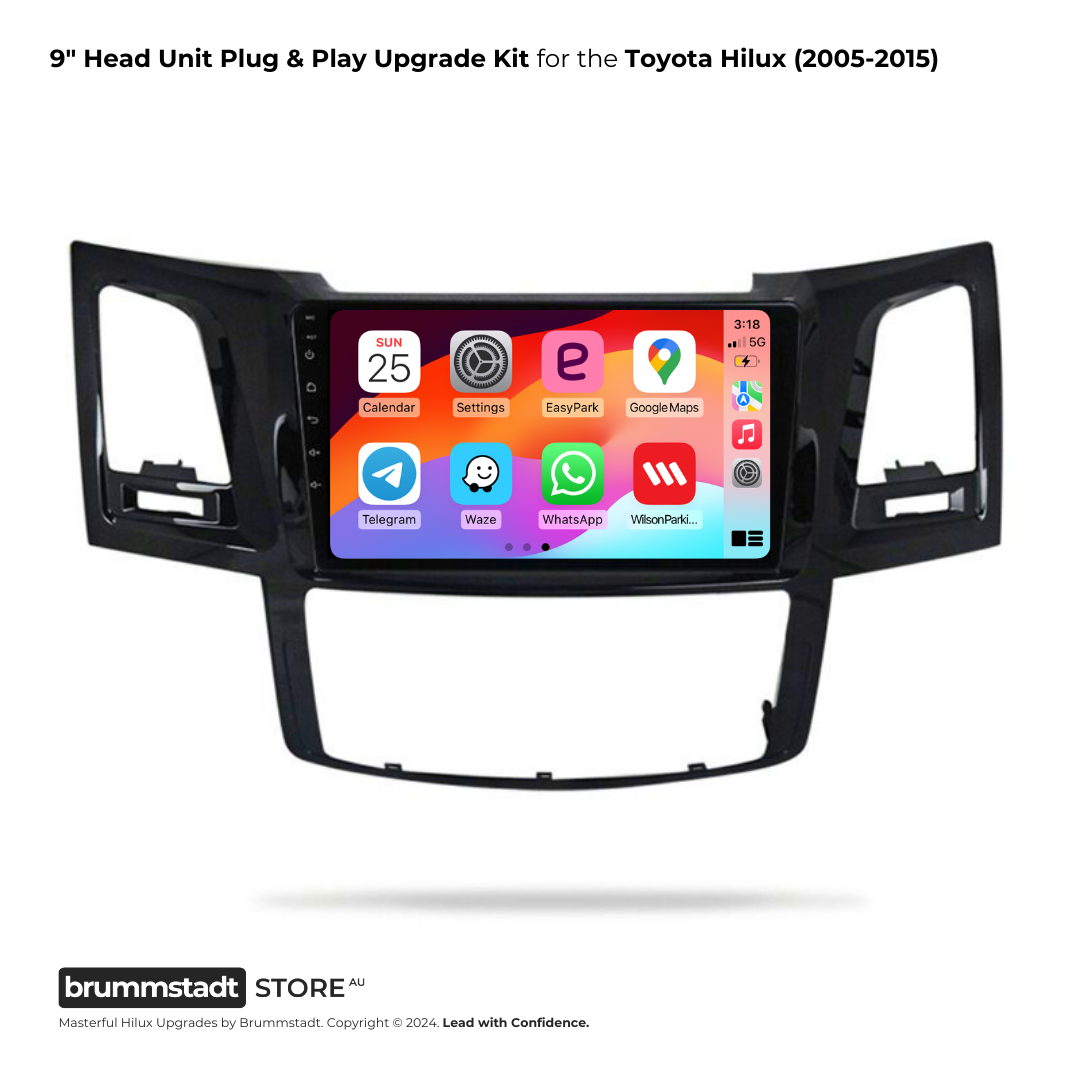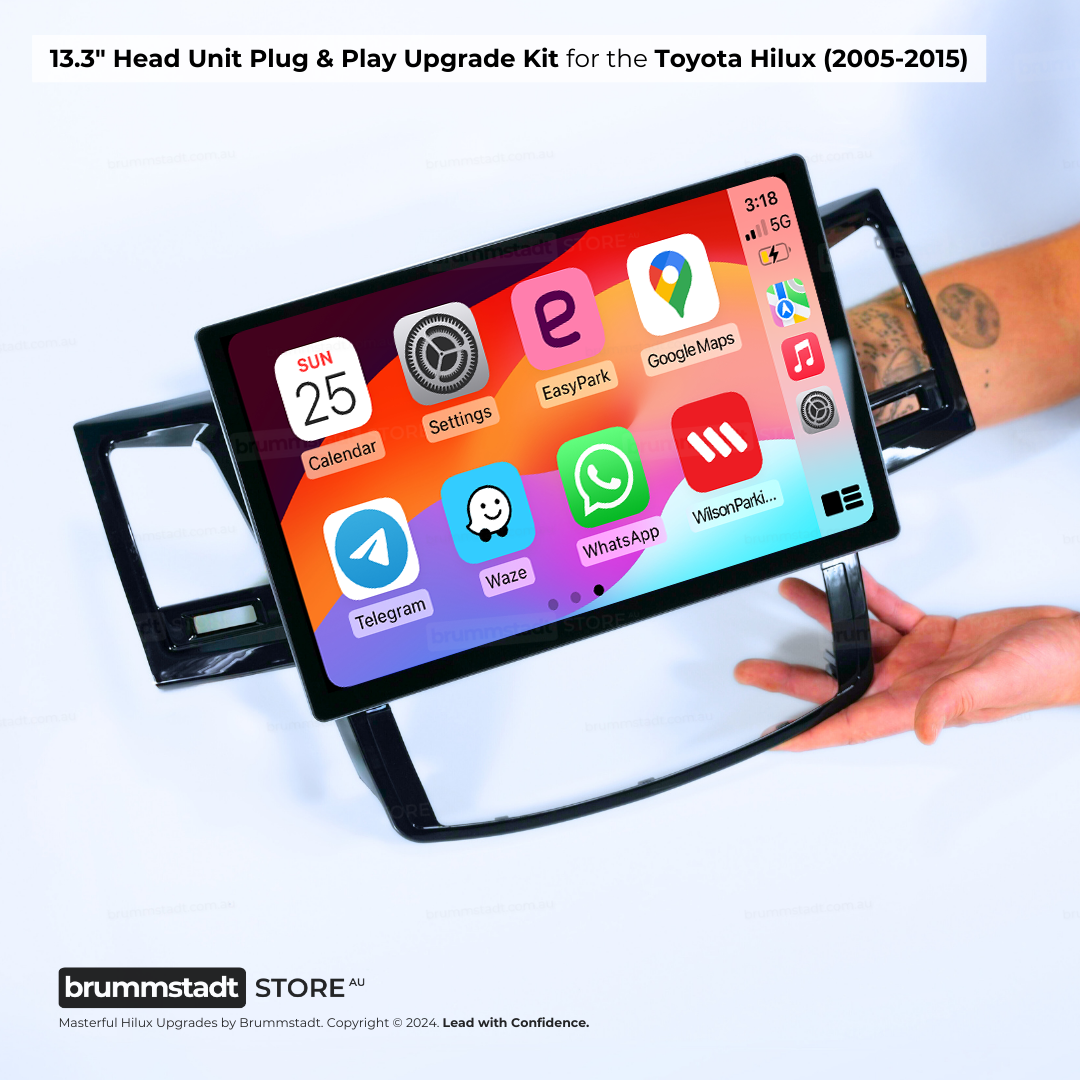"Mercedes GL 350 Install"
Verified on Trustpilot"I recently installed a Brummstadt Head Unit in my Mercedes-Benz GL350, and I couldn't be happier with the result! The unit completely transformed the dashboard. It looks sleek and modern, with a fast, responsive display..."









































